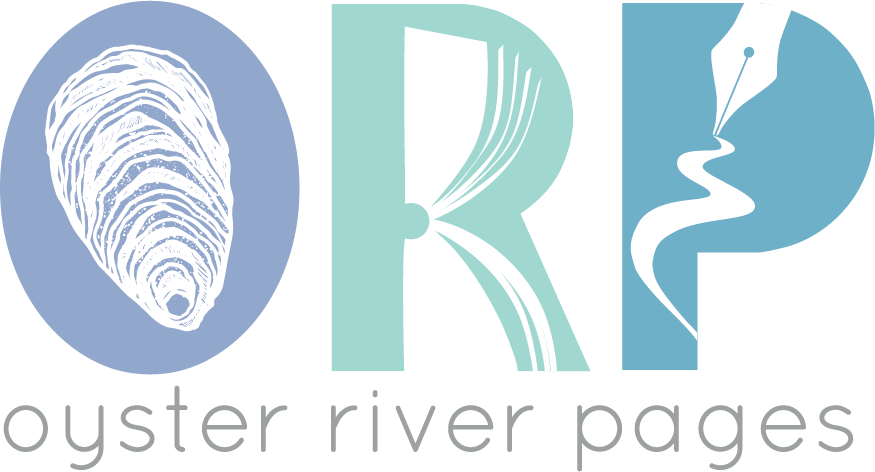Kashawn Taylor
Oyster River Pages: What inspired you to begin writing or creating? Has that source of inspiration changed throughout your life?
Kashawn Taylor: When I was younger, I loved things like Pokemon and Digimon and Sailor Moon. I would draw and write my own knockoffs with little paragraphs at the top of the page and illustrations at the bottom. Each knockoff series spanned several "books" and had mini-stories within the overall storyline of the series. It was all very involved for a child. As I grew older, I started watching things like Charmed and WWE, and fell in love with the storytelling. I would create my own Charmed stories in my head and fall asleep battling demons. I wrote storylines for my own make-believe wrestling promotion. It's always been about story for me. In high school, I started watching and, later, reading Chelsea Handler and that's what inspired me to write about my own life. I've vacillated between poetry and essays over the years, but the inspiration, my life, has remained constant.
ORP: Does writing or creating energize or exhaust you? What aspects of your artistic process would you consider the most challenging or rewarding?
KT: For me, writing is the best kind of exhausting. I exercise, also, and when I am done, I'm tired, but feel so good afterward. It's the same with writing. I usually write in the mornings - it's when I am most productive, I've found as I grow older - and once I'm done, I am drained. But I also feel ready to tackle the rest of my day which usually includes working out or my day job. I particularly enjoy revising my work, especially my prose. Stephen King said, and I am paraphrasing, he likes to write something, then move onto something completely different before coming back to revise the first piece several months later. I try to do the same, and now I am getting the chance to do that with several pieces I wrote while incarcerated and some pieces I wrote in high school and college. The amount you can grow in just a few months is astounding.
ORP: What does vulnerability mean to you as an artist and/or writer?
KT: Vulnerability means so many different things to me. Mostly, I think it means sharing the parts of us that might embarrass or provoke shame or even backlash. I've written about things like having gynecomastia (man-boobs), catching gonorrhea from a friend of a friend, and, in this excerpt, about what led to my incarceration. What remains constant is the fact all these things made or make me feel uncomfortable sharing, but from that discomfort comes compelling art.
ORP: What books have you read many times?
KT: There are a few. The book I've read the most in Things Fall Apart by Chinua Achebe. I read it my sophomore year of high school, and I read it every summer for something like ten years after. I recently read it again earlier this year. Another book I have read several times is Confessions of a Sociopath by M.E. Thomas. My BA is in English AND Psychology, and that kind of stuff fascinates me. Then, there's Chelsea Handler's books, with Life Will be the Death of Me topping that list. I read that again recently, too.
ORP: What is the most valuable piece of advice you’ve been given about writing or creating? What advice would you give to another writer or artist?
KT: Don't be afraid to fail or fear rejection. I would tell other artists the same thing: People aren't going to always like or get your work. People will reject your work, probably a lot. Art is so subjective, but when there is passion behind the work, it shows. People notice that, and your art will find the right home for it eventually. Keep going, in spite of the circumstances. Don't let anybody, especially yourself, stand in your way.


